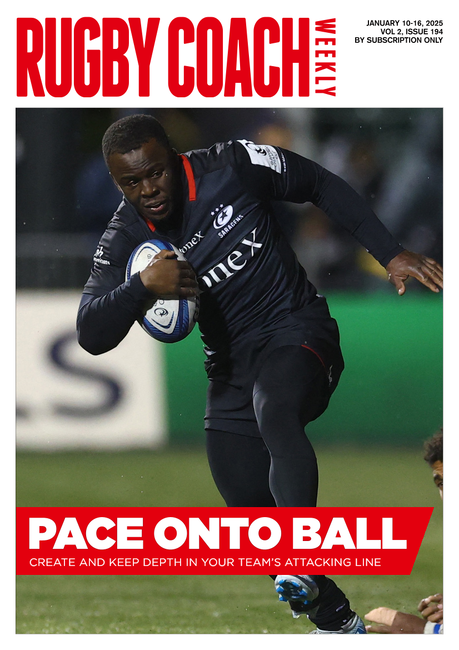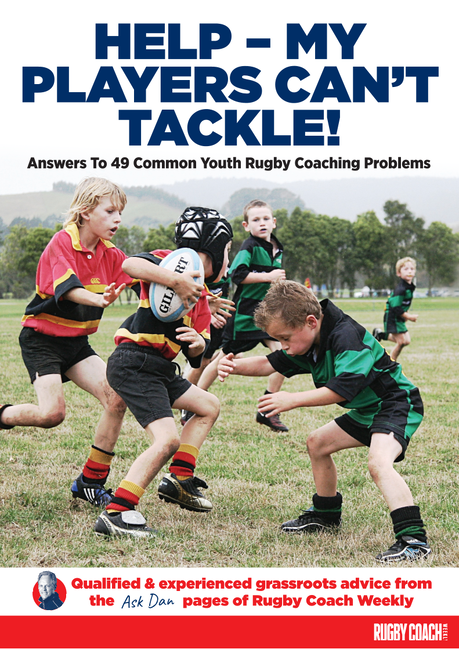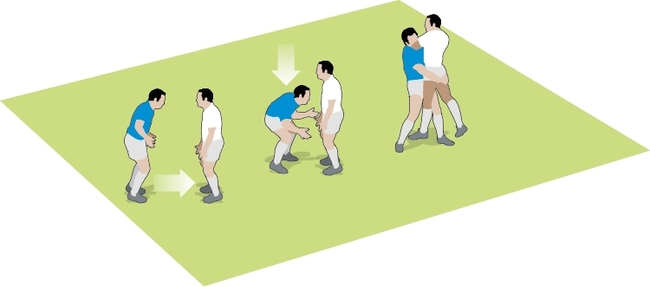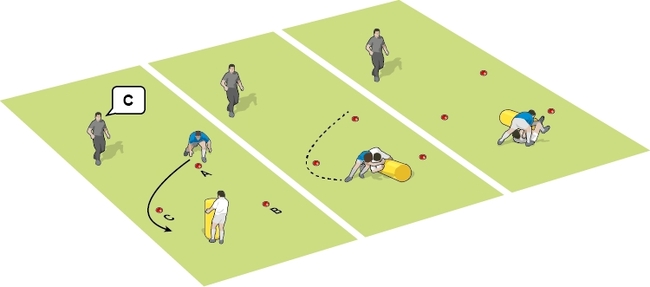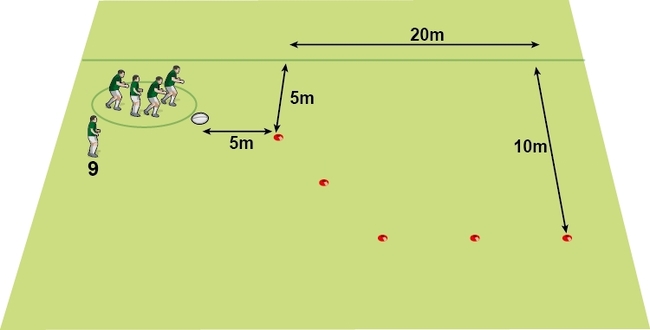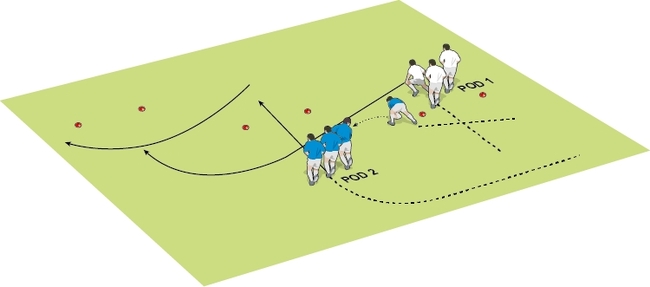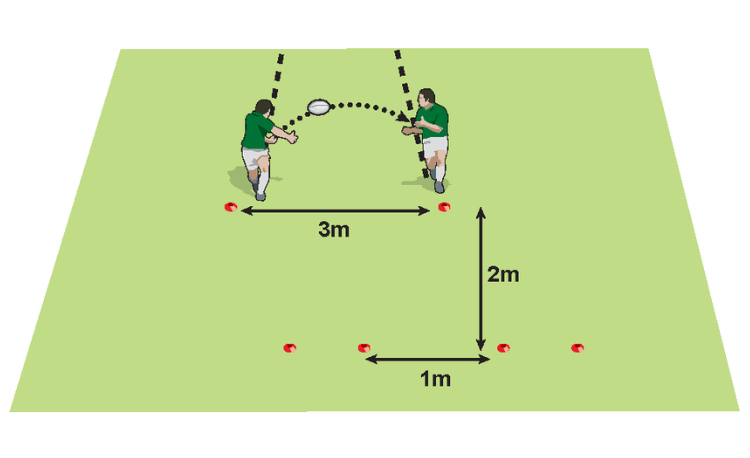Think tackle types, not just tackles
Upgrade your good tacklers by making them more aware of the type of tackles which would prevent offloads or create opportunities for turnovers. That will make them defenders not just tacklers.
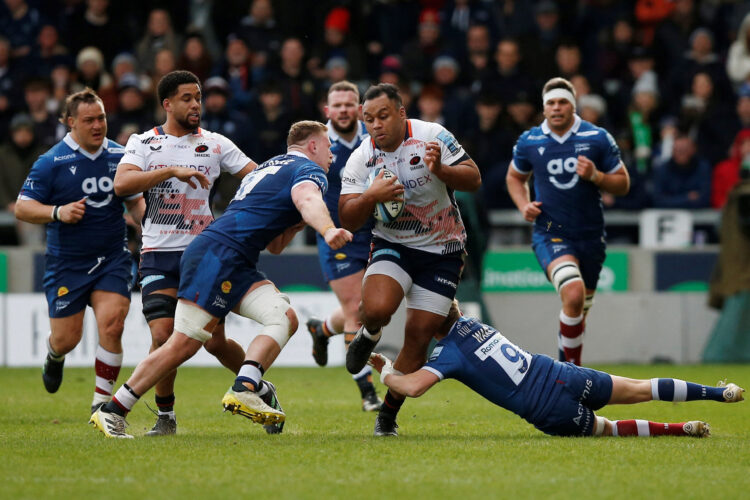
Upgrade your good tacklers by making them more aware of the type of tackles which would prevent offloads or create opportunities for turnovers. That will make them defenders not just tacklers.
Often tackle training focuses on two things: improving the chances of players making tackles and then tackle systems. It’s often a reaction to a poor defensive performance in the previous match.
Ed Robinson, who has worked in the England set-up, says that he puts defence first in training, making it a focus for development. He trains defence in every session.
Part of his training method is to give the players more decisions in defensive games. So, instead of working on one technique or encouraging one type of defence, the players are rewarded if they could choose a better tackle for the situation.
For example, in the touch rugby training, when the ball carrier was touched by two players simultaneously, it is a turnover. The key to those decisions was that there was a risk and reward. While the turnover was the reward, the risk was leaving space elsewhere in the defensive line.
Since that speaking to Ed, I’ve upped the risk/reward in many of the games I use in training. The defenders have become more aggressive, with increased line speed, hunting for double tackles (if that’s the rule), interceptions or targeting specific players. I continue to use the rule that the attacking team keep the ball if they score. Also, in many of the games, they don’t have a limit on the number of rucks or tackles they can sustain before a turnover.
An interesting consequence of this type of training is that attacks can be pushed further and further back, crossing a significant psychological line, their try line. This induces even more panic, mistakes and quick turnovers.
LET’S GET PHYSICAL
Players also need to make tackle decisions. That is, they need to use the best tackle to gain the maximum effect. Sometimes, a tackler is happy to complete the tackle or at least act as an effective speed bump before a teammate finishes the job.
However, some, or even many, of your players are strong enough to force a better outcome. They might be able to chop down the ball carrier quickly enough to create an opportunity for another defender to steal the ball. Or, if the attacking team has a strong offloading game, tackle the ball, so the attacker can’t pass away from contact.
While we can practise each type of tackle in isolation, it’s often better to do this where there’s a decision to be made. For example, the height is right works on tackle heights and the tackler doesn’t know which direction the ball carrier will be coming from.
Premium Books
Newsletter Sign Up
Coaches Testimonials

Gerald Kearney, Downtown Las Vegas Soccer Club

Paul Butler, Florida, USA

Rick Shields, Springboro, USA

Tony Green, Pierrefonds Titans, Quebec, Canada
Subscribe Today
Be a more effective, more successful rugby coach
In a recent survey 89% of subscribers said Rugby Coach Weekly makes them more confident, 91% said Rugby Coach Weekly makes them a more effective coach and 93% said Rugby Coach Weekly makes them more inspired.
Get Weekly Inspiration
All the latest techniques and approaches
Rugby Coach Weekly offers proven and easy to use rugby drills, coaching sessions, practice plans, small-sided games, warm-ups, training tips and advice.
We've been at the cutting edge of rugby coaching since we launched in 2005, creating resources for the grassroots youth coach, following best practice from around the world and insights from the professional game.



